This article is brought to you by Datawrapper, a data visualization tool for creating charts, maps, and tables. Learn more.
Data Vis Dispatch,
December 14
The best of last week’s big and small data visualizations
Welcome back to the 26th edition of Data Vis Dispatch! Every week, we’ll be publishing a collection of the best small and large data visualizations we find, especially from news organizations — to celebrate data journalism, data visualization, simple charts, elaborate maps, and their creators.
Recurring topics this week include employment, tornadoes, and the omicron variant.
Let’s start gently — say, with sports:


Or maps looking forward to snow on Christmas:
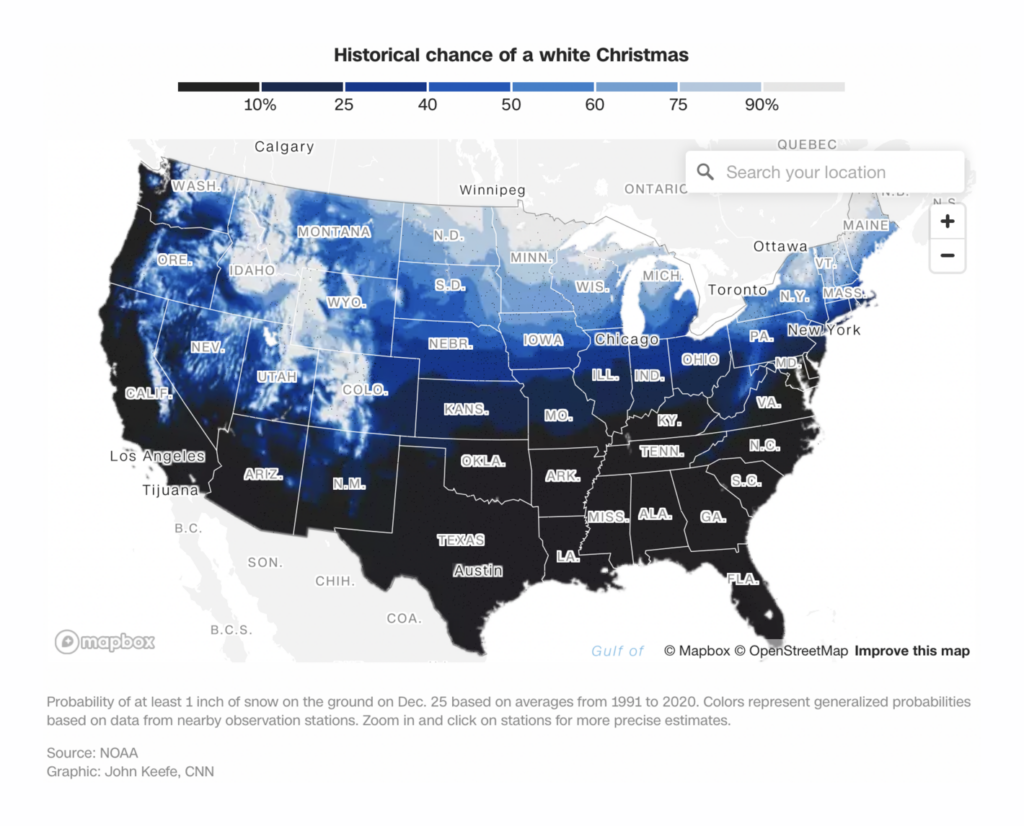

But all right, those weren’t the big stories of this week. That title belongs, again, to the spread of the omicron variant and the efforts to understand what makes it different:
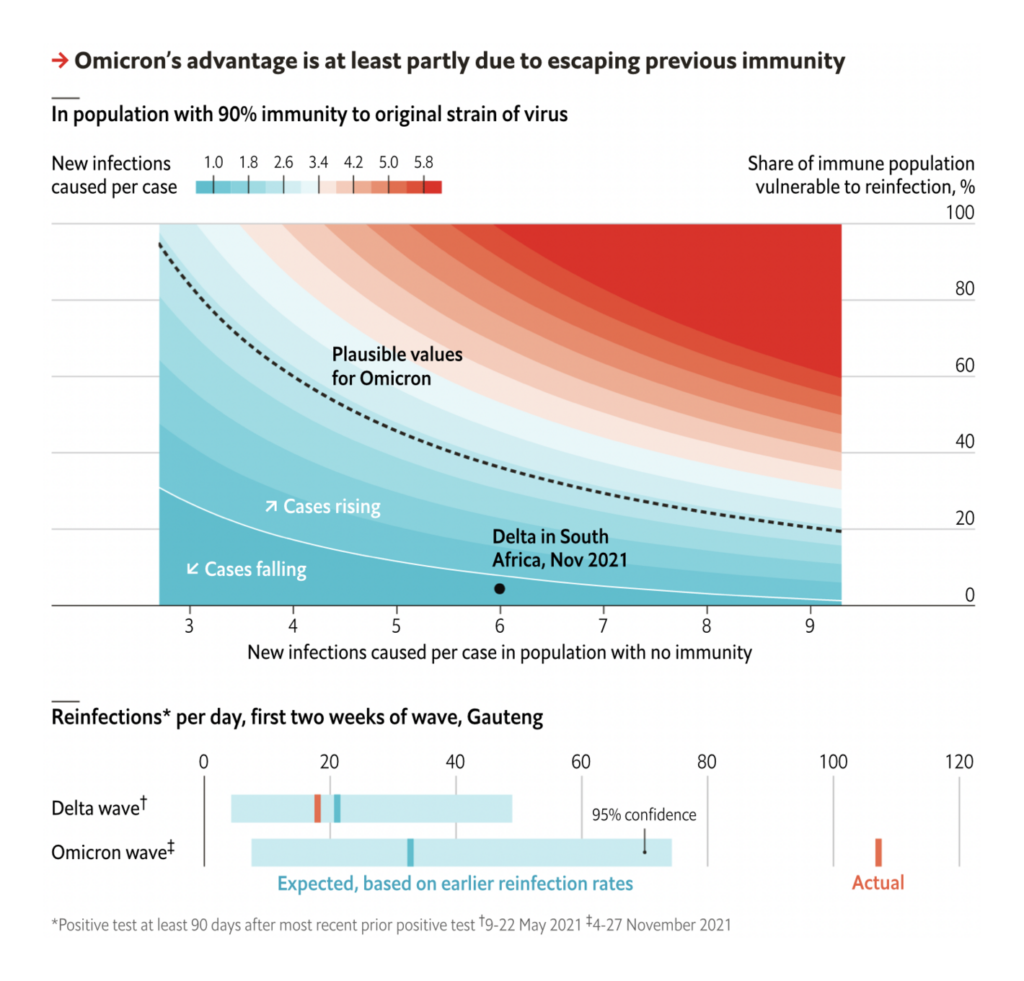

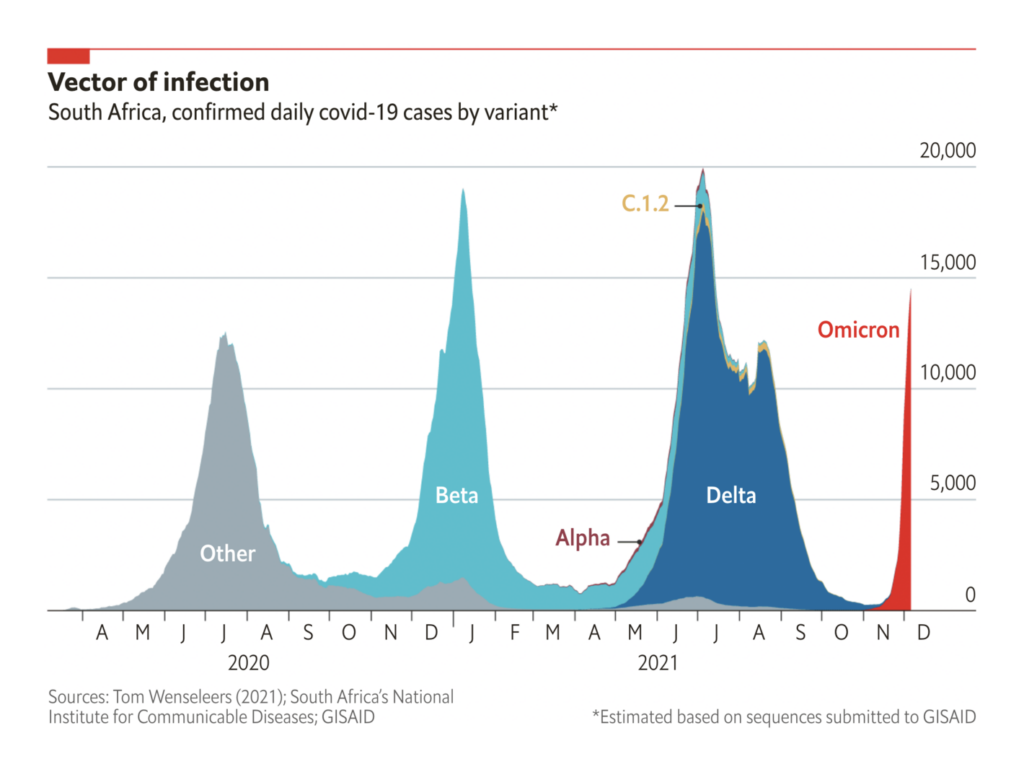
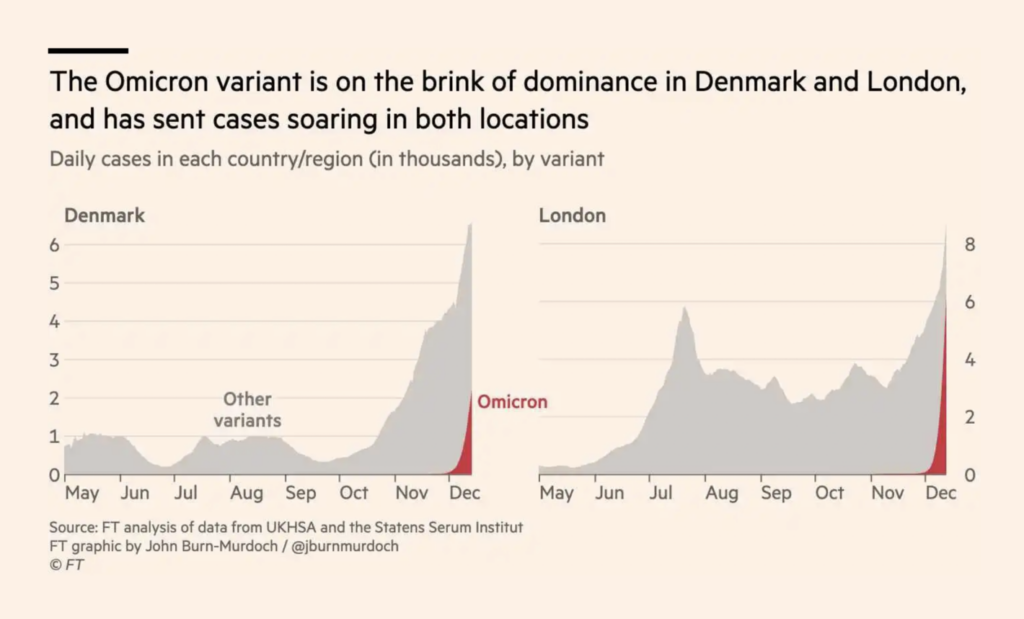
The New Statesman informed us that the UK has regained its dubious title of G7 country with the highest COVID case rate. It remains to be seen how existing immunity, the ongoing booster campaign, and other measures will hold up in the current wave — or how the NHS will make it through the second pandemic winter:
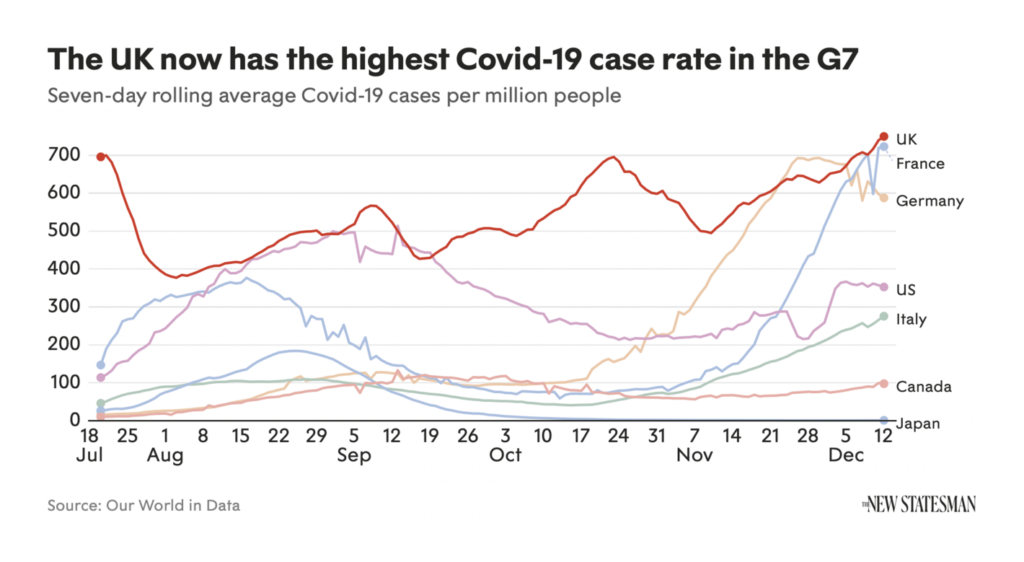
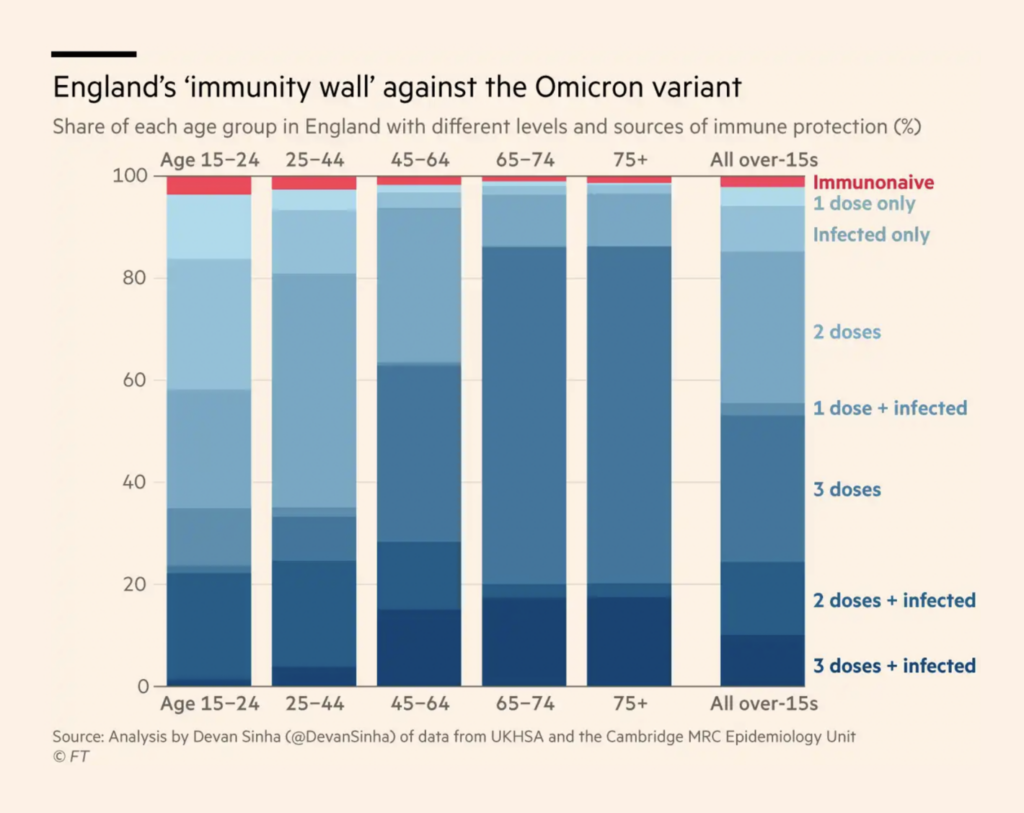

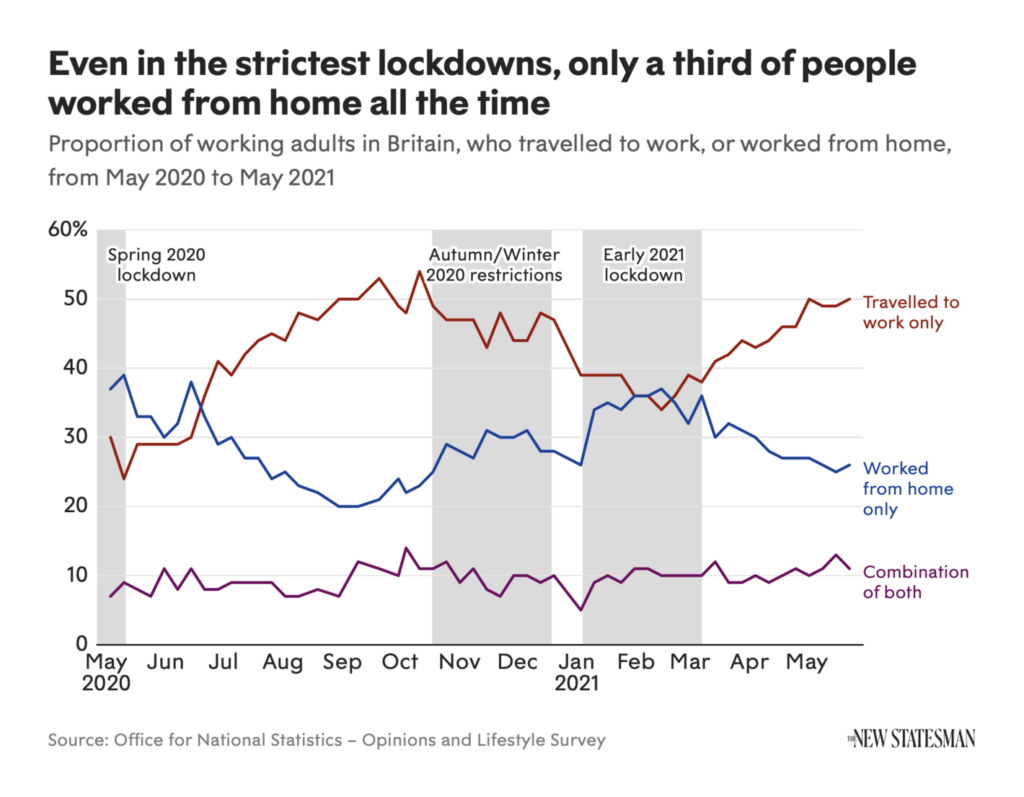

Around the world, the hope is that vaccination will make this wave of disease less deadly, even as distribution challenges persist:
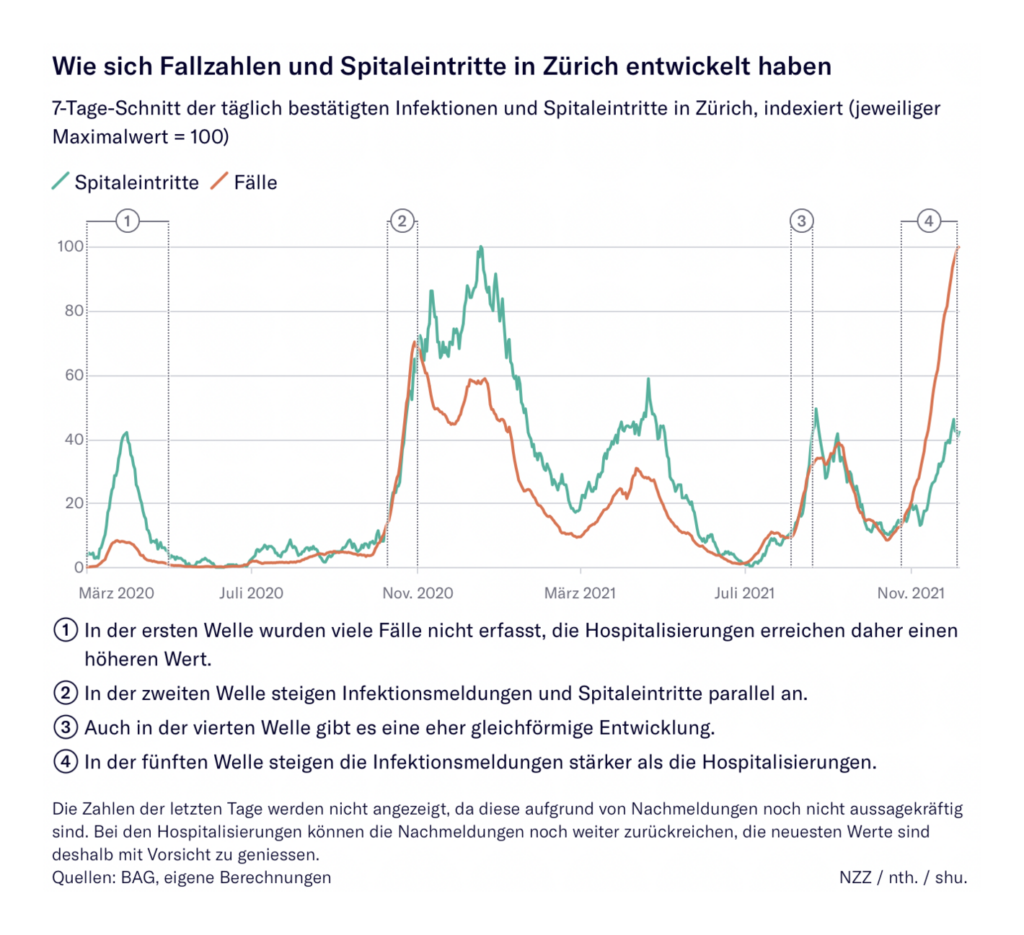
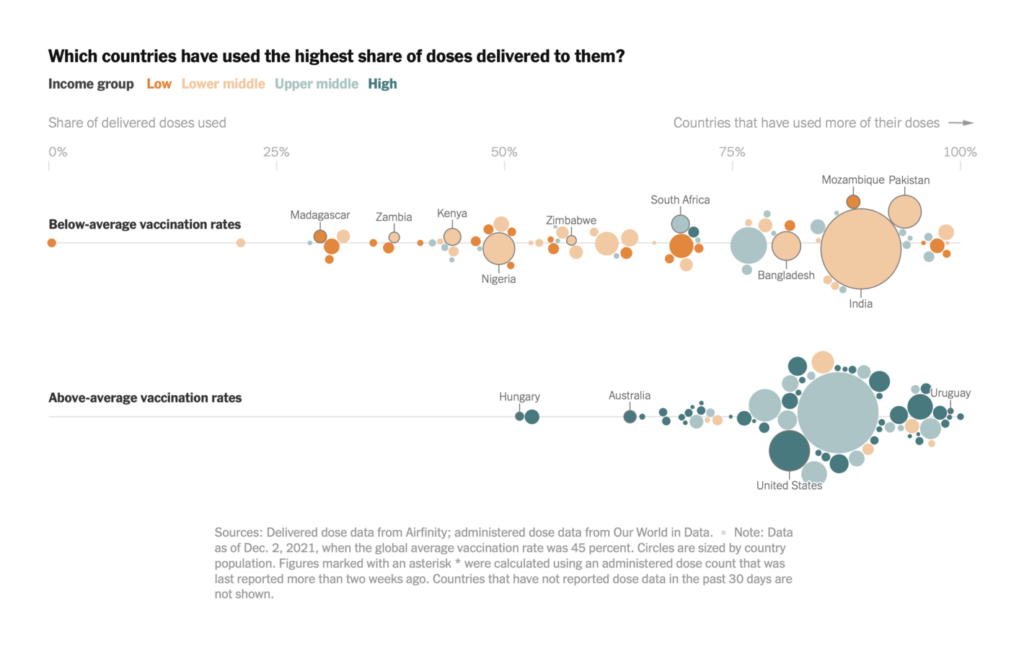
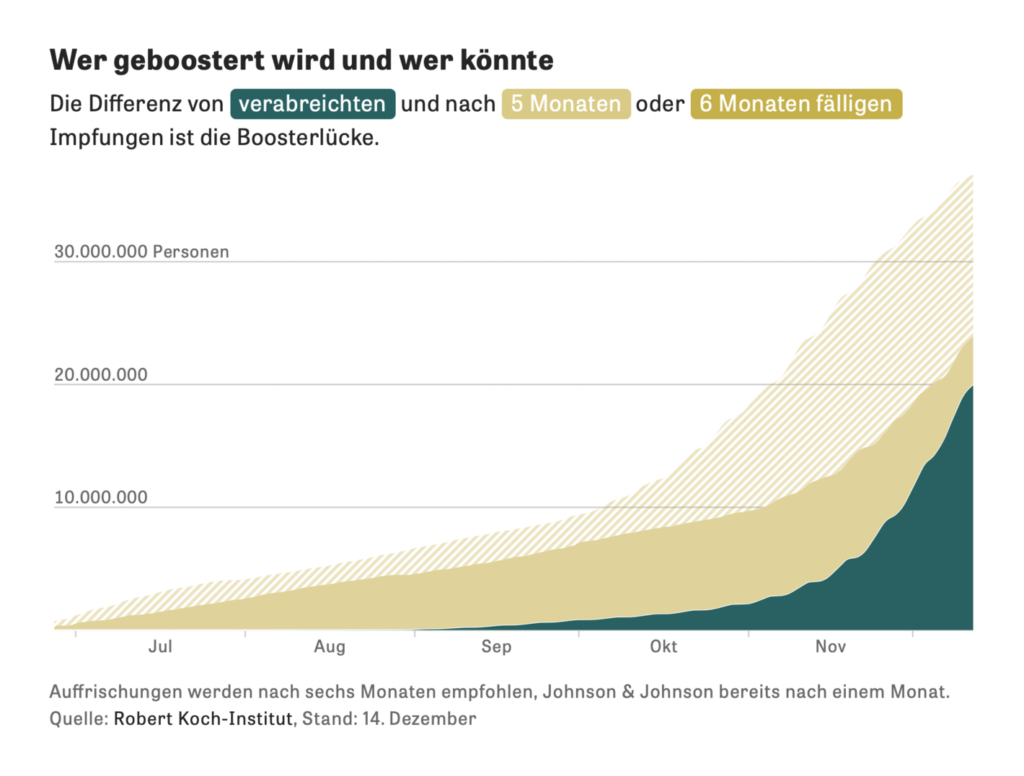
Finally, a huge number of charts this week focused on the economic troubles of the COVID era. Tourism is down and inflation is up:


Freight is slow by sea and expensive by air:

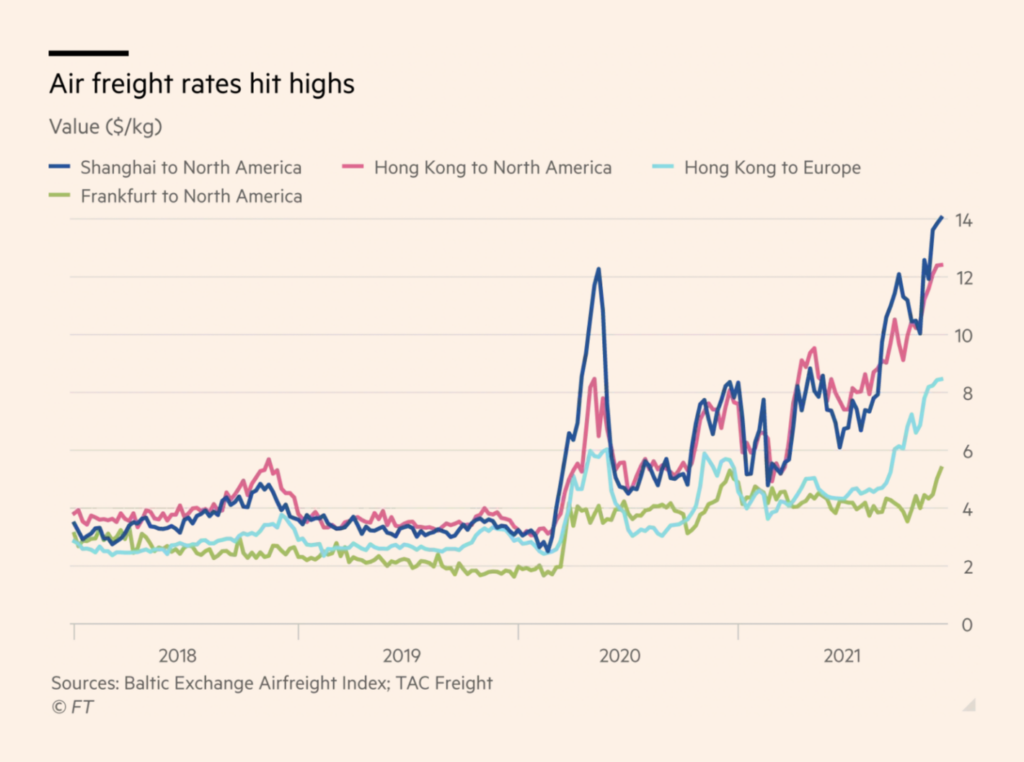
And no one wants to predict what’s going on with employment:
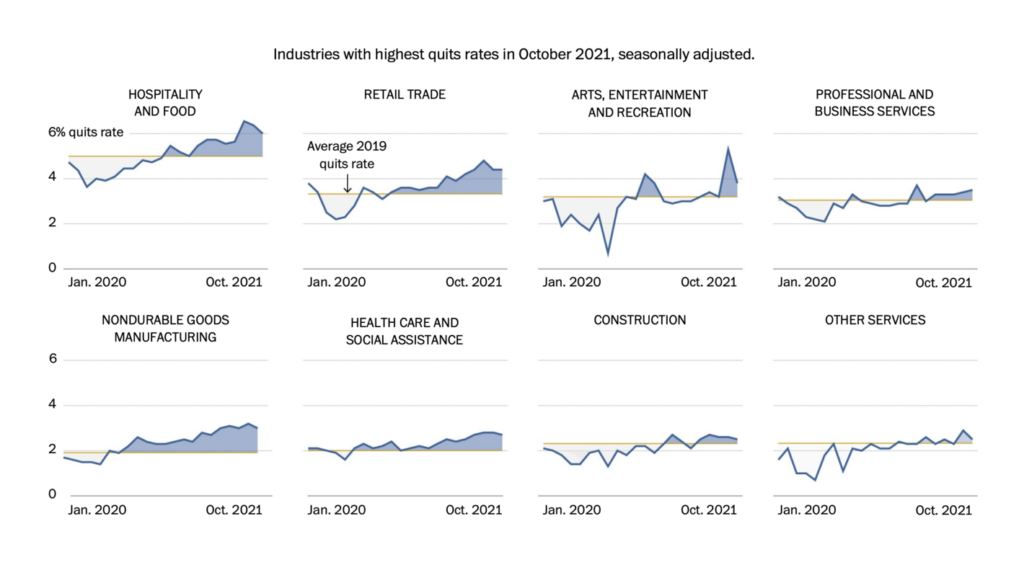
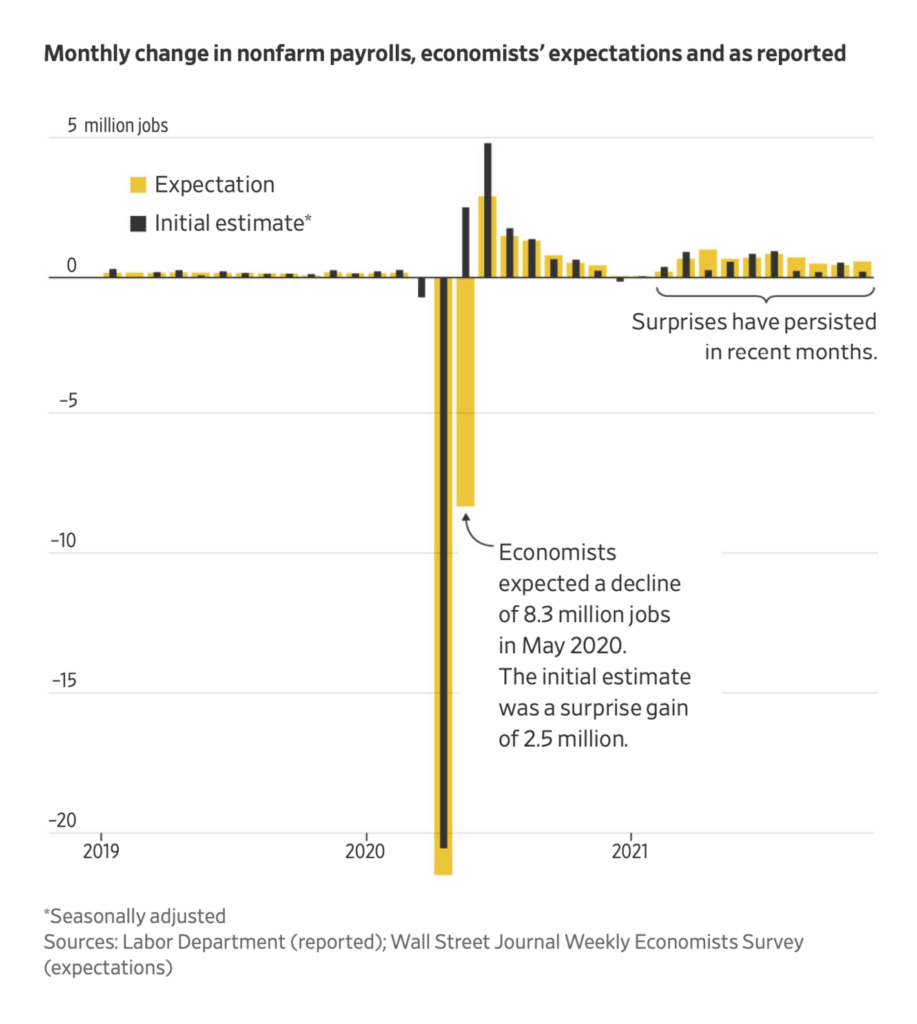
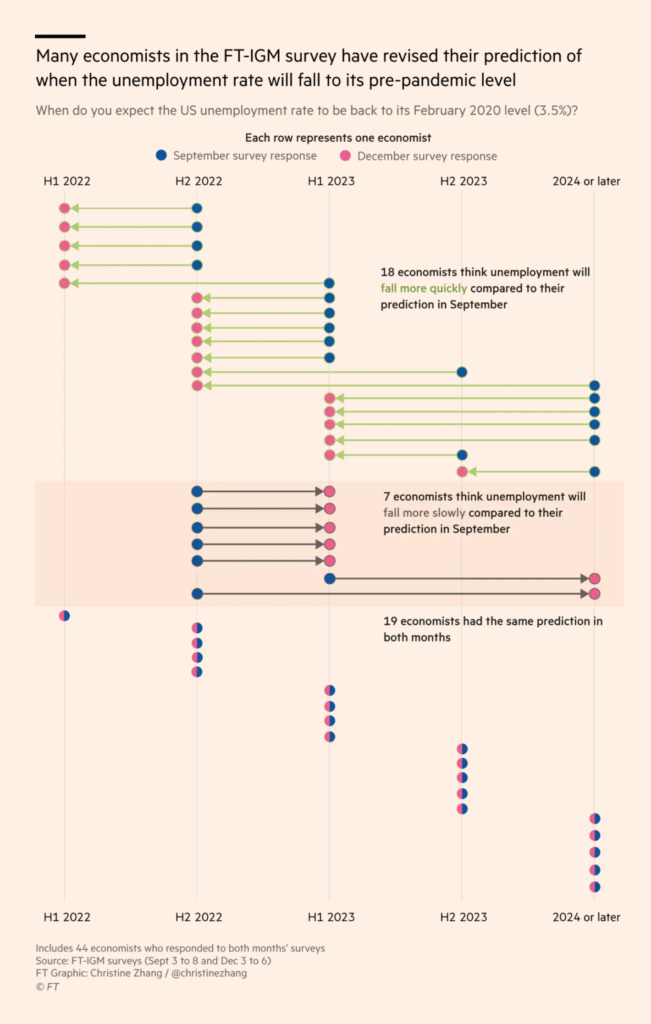
Meanwhile the political section will be brief this week, with charts of party divisions in the US and Switzerland:
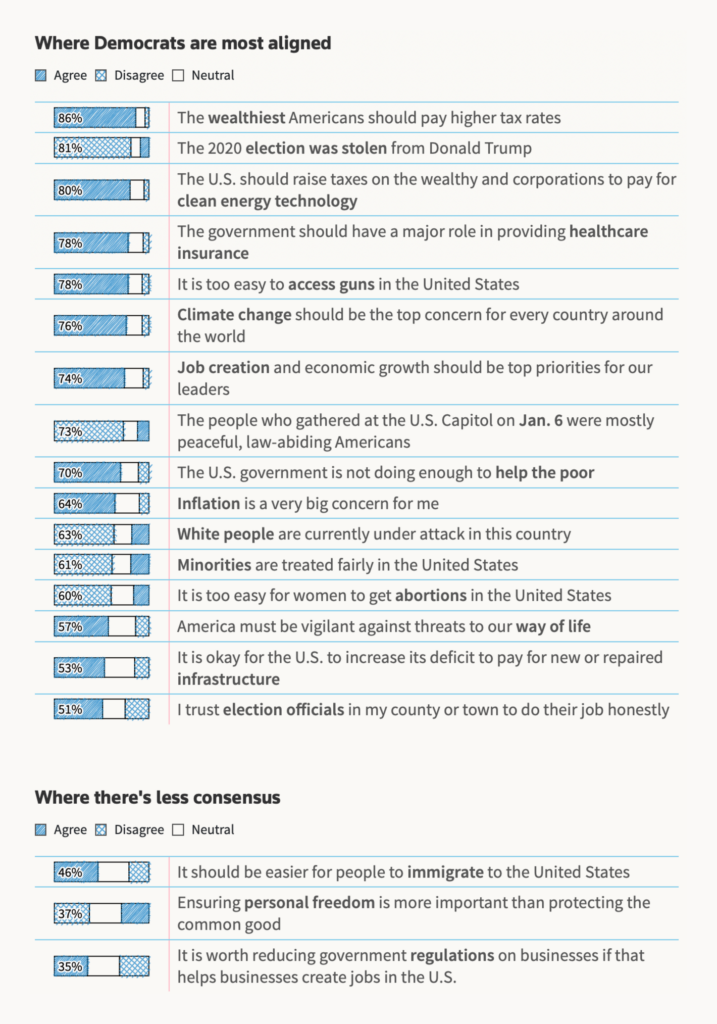
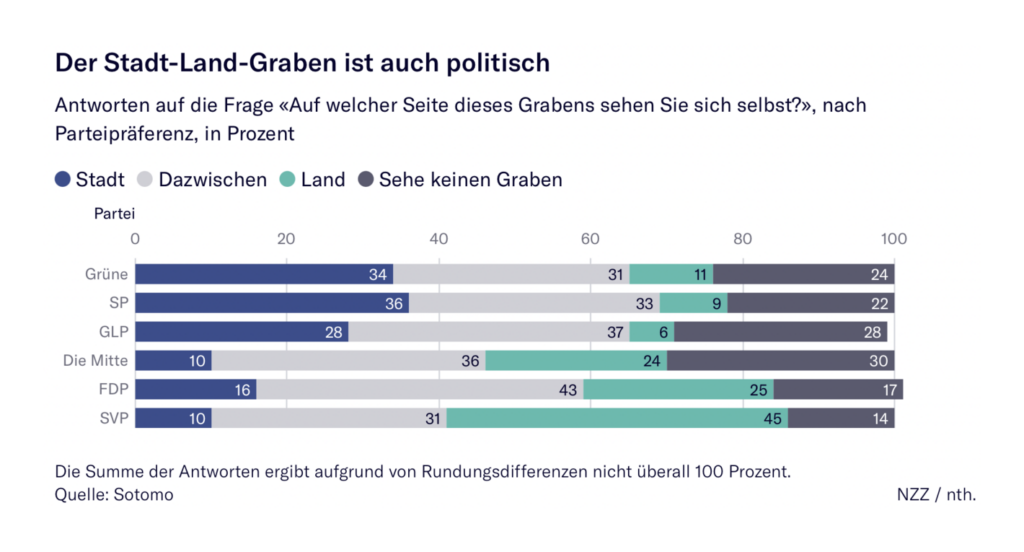
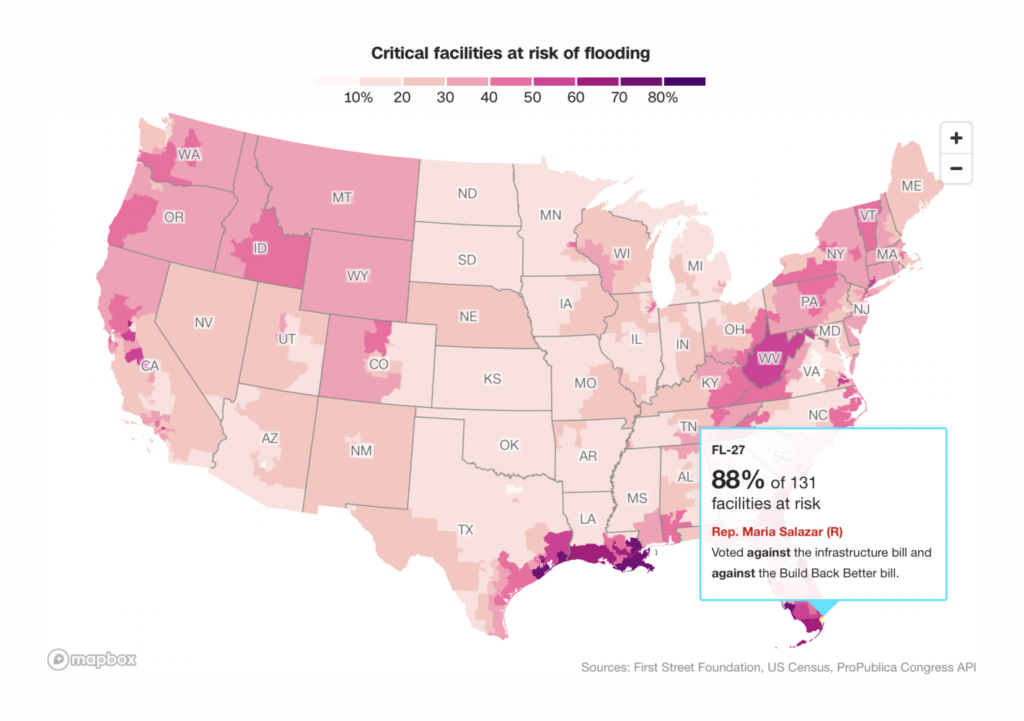
A string of deadly tornadoes hit the US on Friday:
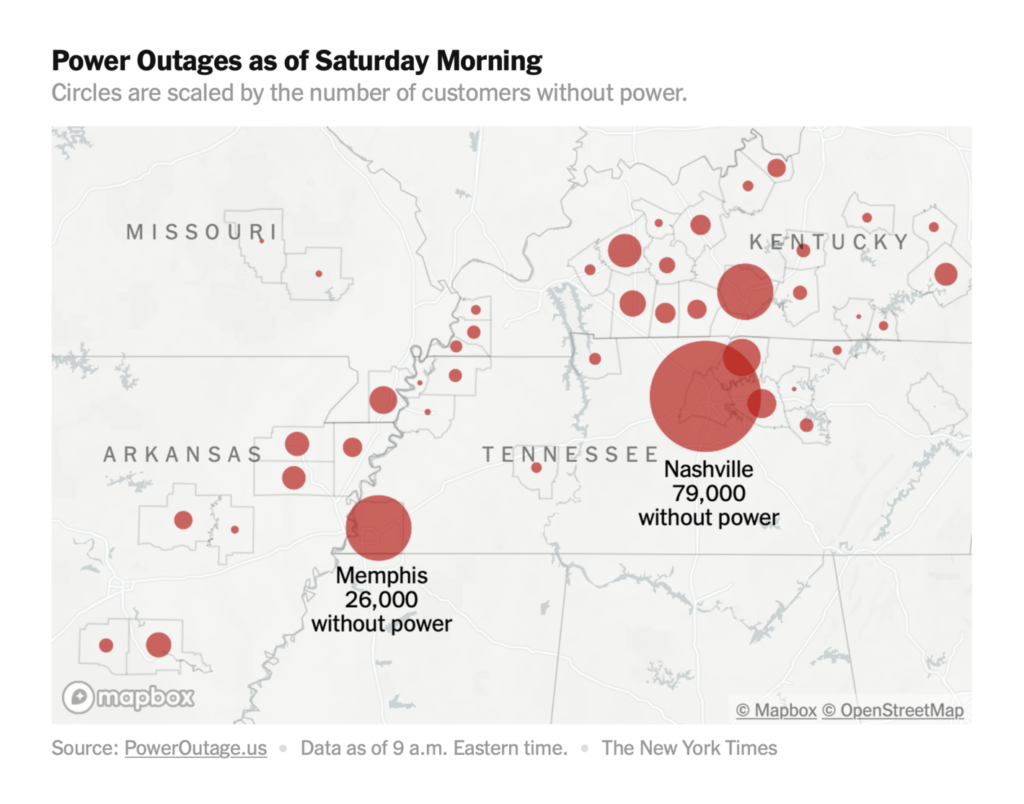
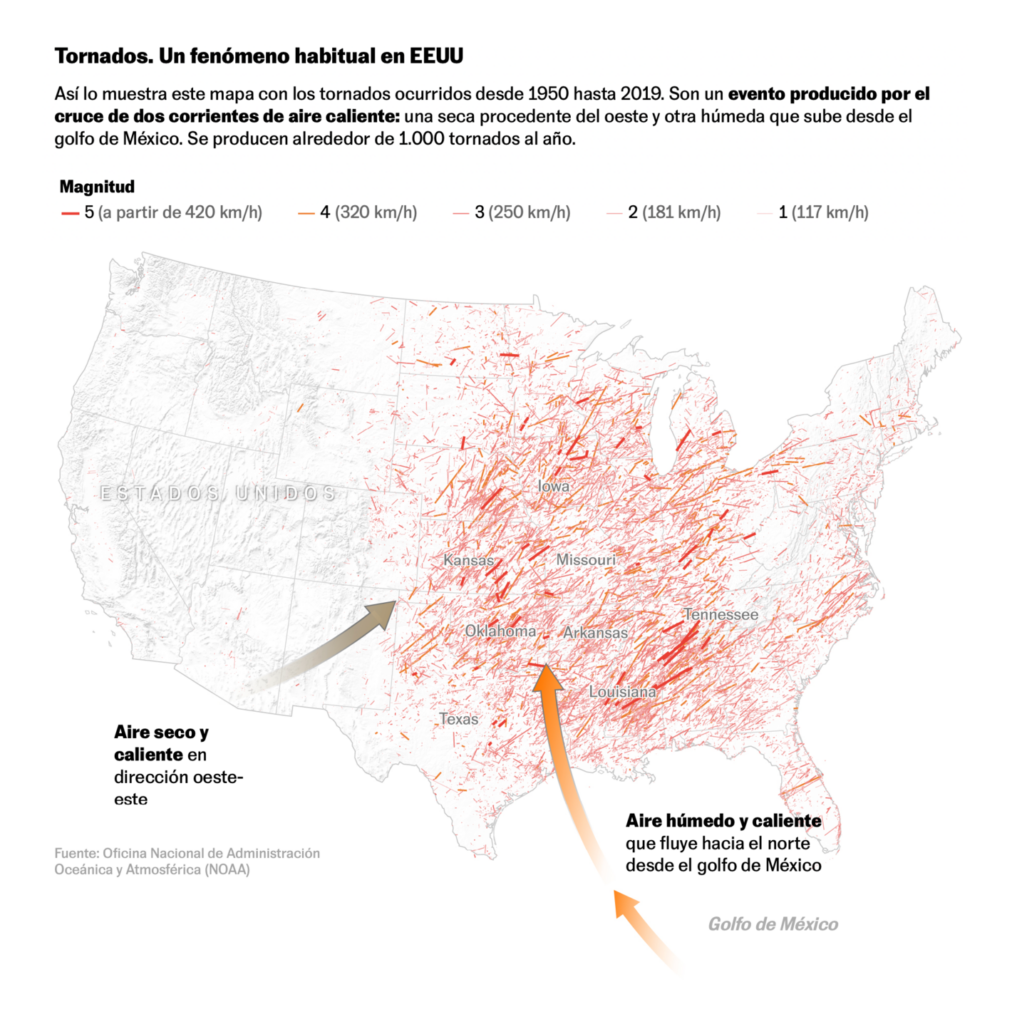
Finally, other topics included demographics in Germany, housing in Singapore, and the racial geography of Chicago:
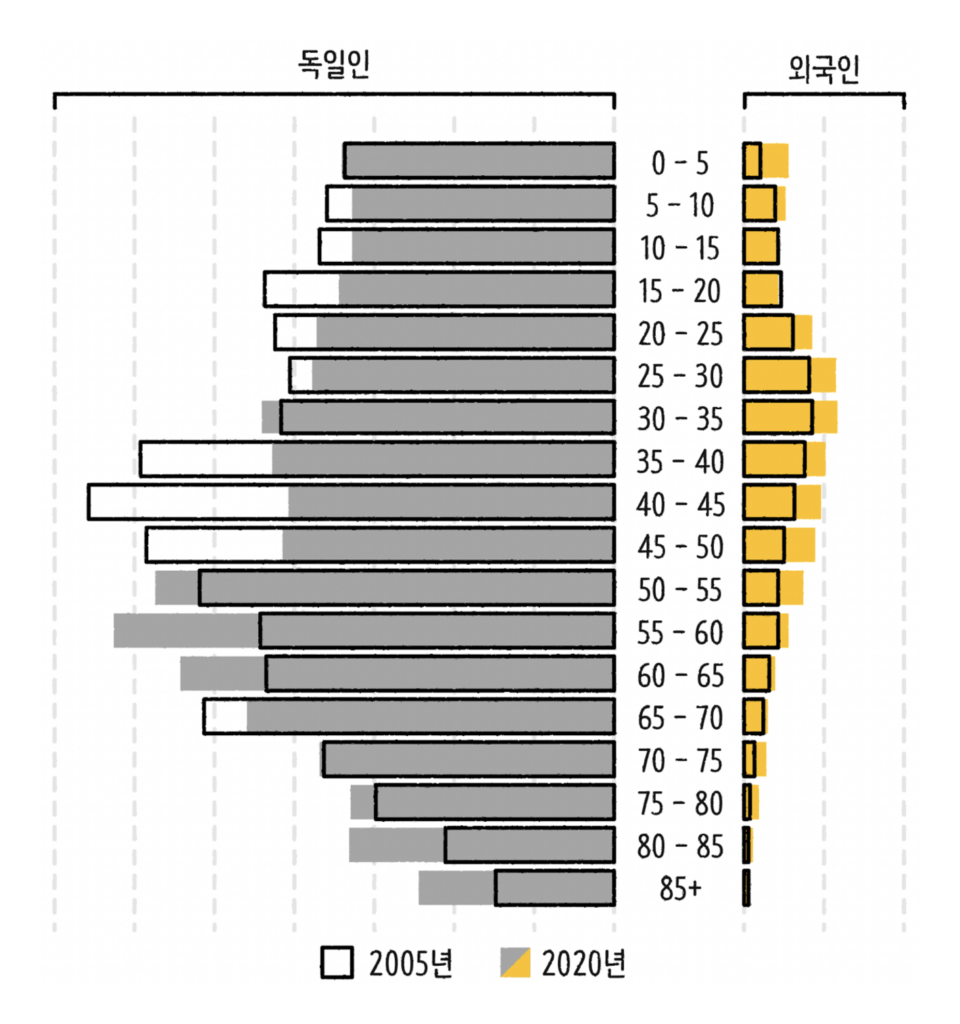
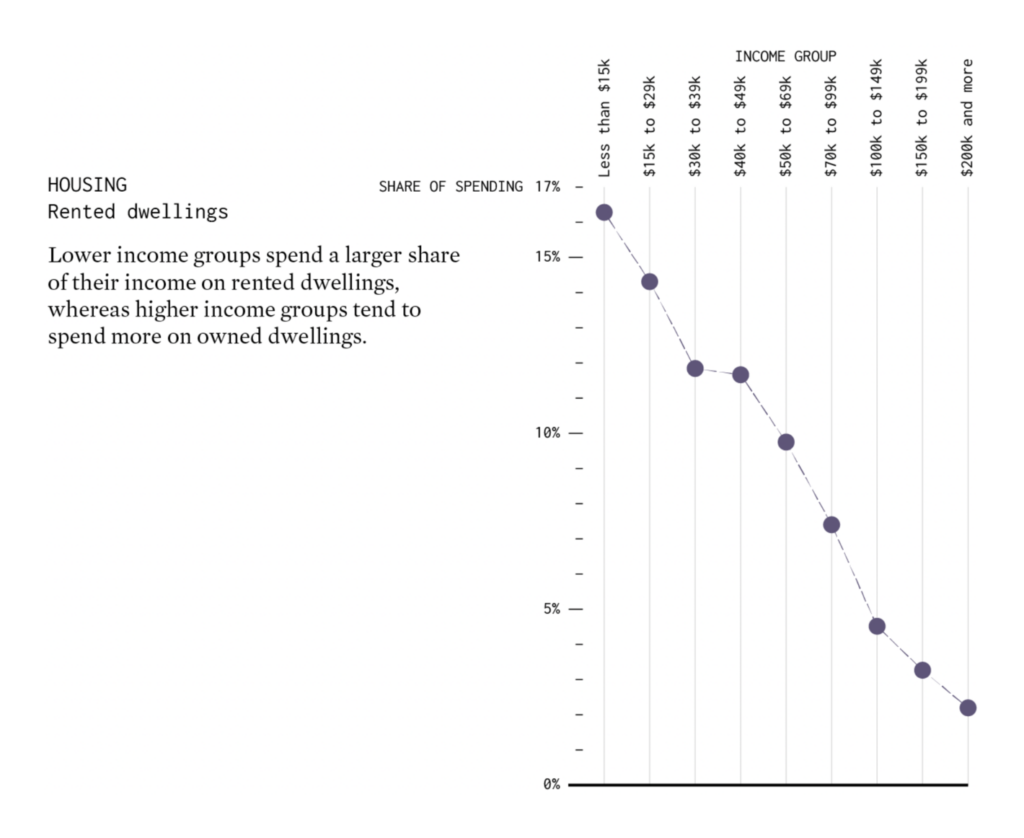
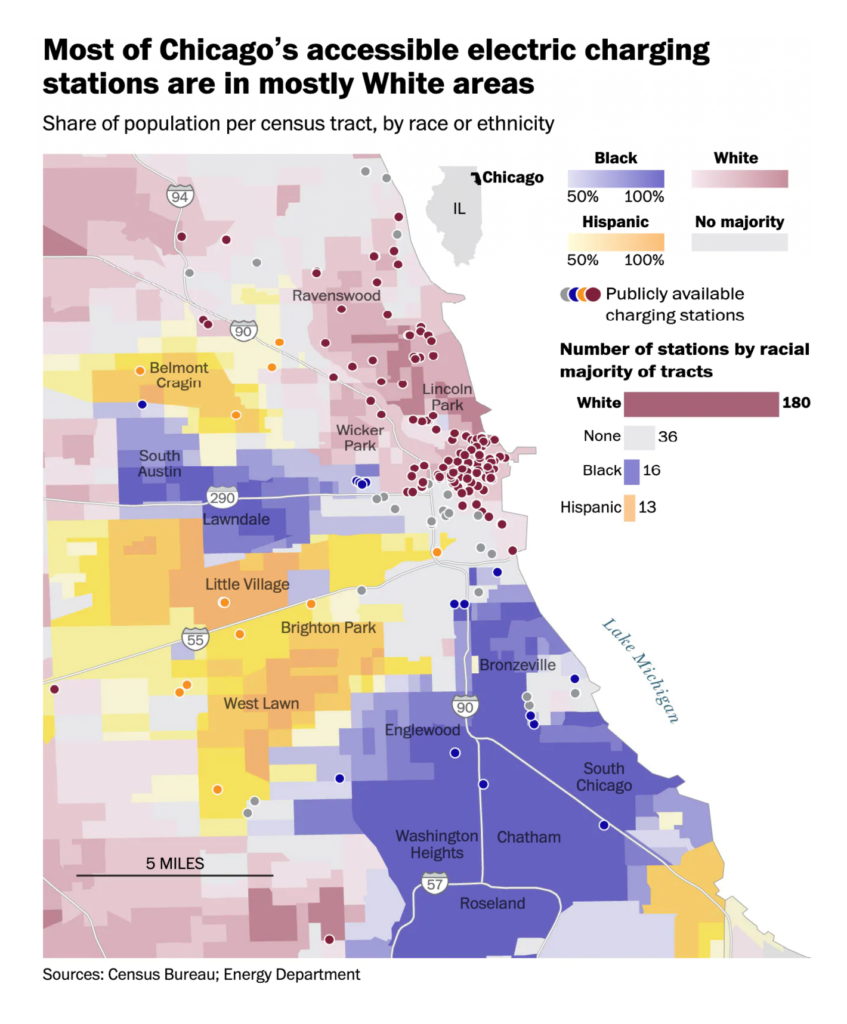

What else we found interesting
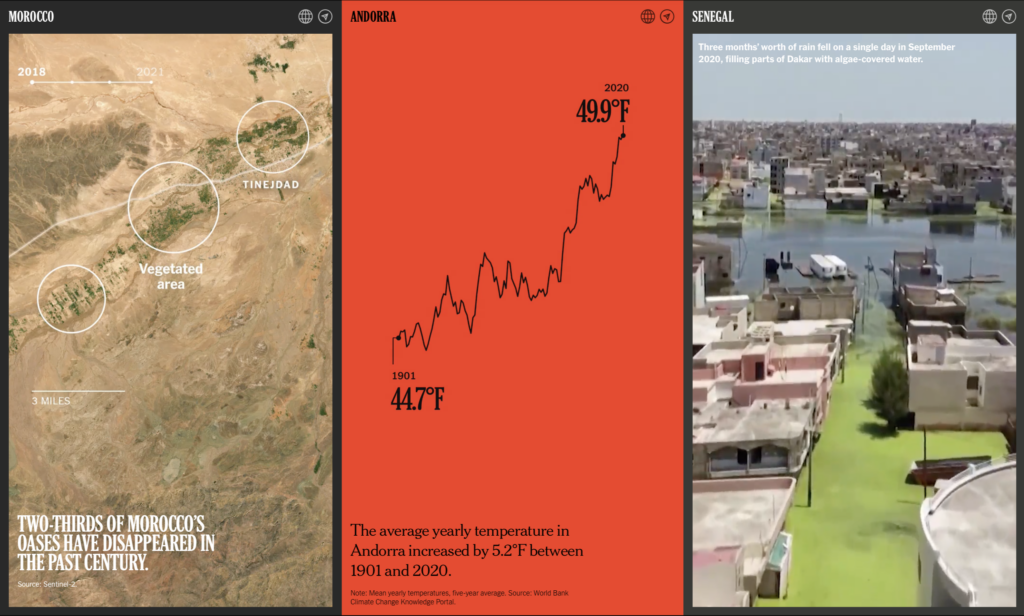
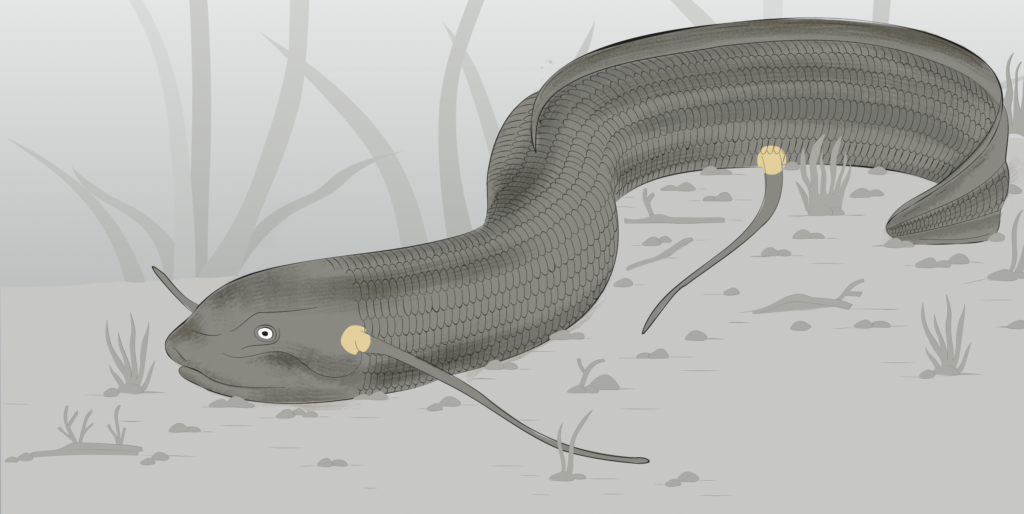

- Applications are open for: an interactives designer and developer at the Philadelphia Inquirer, and a paid summer internship at the Star Tribune
- More generally, a new data vis jobs board is now up on the Data Visualization Society’s website
Help us make this dispatch better! We’d love to hear which newsletters, blogs, or social media accounts we need to follow to learn about interesting projects, especially from less-covered parts of the world (Asia, South America, Africa). Write us at hello@datawrapper.de or leave a comment below.




Comments